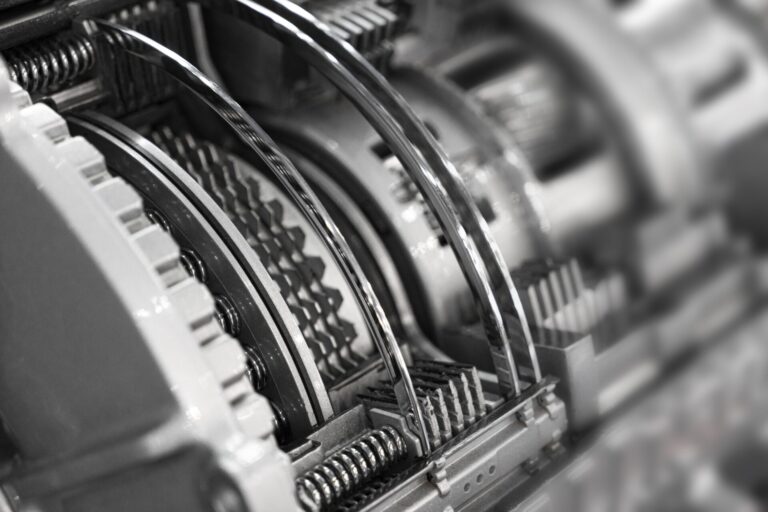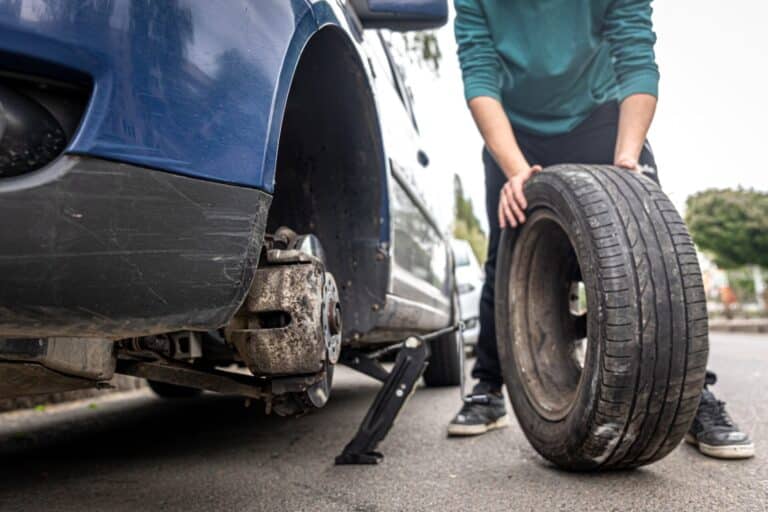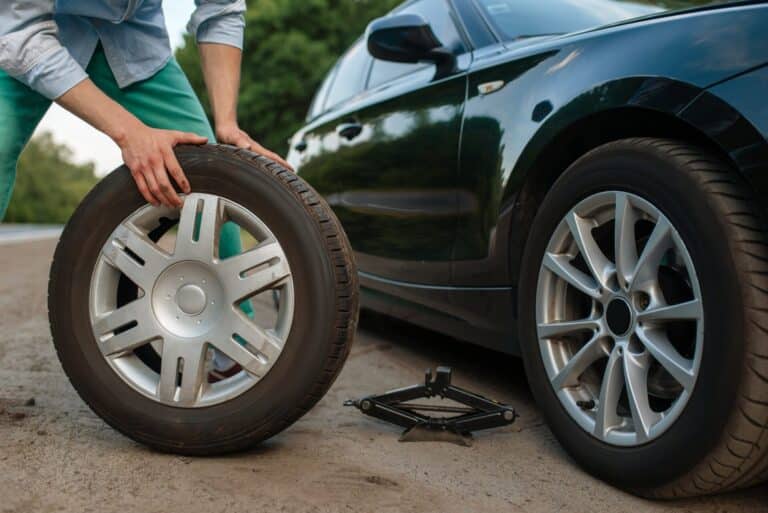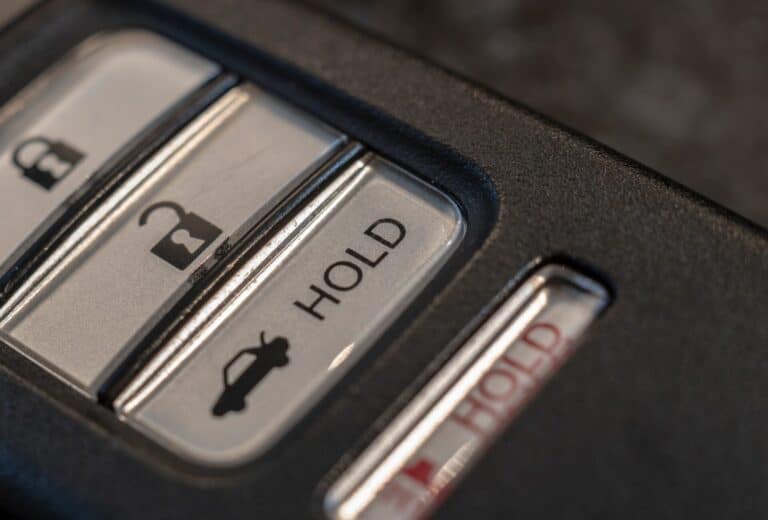Does Cadillac Escalade Have 4-Wheel-Drive? (Let’s See)
The four-wheel-drive is a drivetrain powerful and versatile enough to handle any harsh terrain and weather.
In addition, it can provide torque to all its wheels either full-time or when required.
Since it is this powerful, I’m sure you want to know if the Cadillac Escalade has it.
Cadillac Escalade, like other Cadillac SUVs, offers 4WD. However, the 4WD is an option for the AWD drivetrain. It is an optional two-speed transfer case 4WD, and with a button, you can alternate between 4WD HI and 4WD low.
Does Cadillac Make a 4-Wheel-Drive?
Yes, Cadillac makes a 4WD system for Escalades. From 1999 to 2000, all Escalades manufactured within that time frame were equipped with the 4WD drivetrain system.
So, anyone with a first-generation Cadillac Escalade uses a four-wheel drive.
However, 2000 was the year the last standard Escalade 4WD was made.
As of the second generation (2001), all Escalades have a standard rear-wheel drive with a selectable AWD or 4WD.
The option depends on the year of manufacture and generation in which it falls.
The 2021 Base, sport, luxury, premium luxury, premium luxury platinum, and sport platinum all have an optional 4WD.
Likewise, the base, luxury, premium luxury, and platinum of 2019-2016 Escalades all have optional 4WD. The 1999 and 2000 Escalades are the only full-time 4WD of the Cadillac.
The 4WD is more expensive than the regular RWD, which serves general city/ highway use.
However, you can use the 4WD when you want to explore the highest potential of your vehicle and maximum traction.
In addition, 4WD can battle and withstand winter snow, bad weather, and heavy off-roading.
The four-wheel drive is perfect for handling intense weather conditions, like rain or snow.
It can also tread unbeaten rocky, sandy, and muddy paths. Cadillac recognizes its importance and has thus incorporated the drivetrain system into most of its Escalades as an option.
How Do I Know if My Escalade is AWD or 4-Wheel-Drive?
The all-wheel-drive provides torque to the four wheels of your SUV using the front, rear and central differential, thus powering the rear and front wheels simultaneously. From the curiosity, you may know if Escalade has a remote start or not.
There is the full-time AWD which constantly lowers all the wheels and the two-wheel-drive model. The activation of the latter is only when needed.
The legendary 4WD delivers power from the engine straight to the vehicle’s four wheels constantly.
The Cadillac Escalade SUV comes with one of two drivetrain options.
If your Escalade is an AWD, you will see an axle shaft beneath which runs from the front to rear axles when it is off.
The shaft bears a resemblance to a large bar. You can also check your Escalade owner’s manual to find out the drivetrain of your car.
Or, you can use the internet to discover. All options work pretty well.
To make things easier for you, I will tell you the drive systems of all Escalades from the first generation till the present.
The 1999 and 2000 models are 4WD. All the base trims from 2002 to 2007 are RWDs. All 2008 to 2015 models offer AWD and an optional RWD.
Finally, from 2016 to date, Cadillac has produced vehicles with RWD and an optional 4WD.
Differences Between AWD and FWD
The major difference between the AWD and FWD lies in their functions. Therefore, all of their characteristics are built to support the functions they handle.
The AWD drivetrain delivers power and torque to all its wheels. As mentioned earlier, the power supply could be full-time or when demanded.
4WD or 4 x 4, 6WD or 6 x 6, and 8WD or 8 x 8 are the AWD’s most common forms.
The Front-wheel drive system delivers power to only the front wheels. With the frontal power transmission, the rear is pulled along.
This drivetrain is cheaper and suitable for snow and rain.
The FWD possesses less weight and minimizes fuel economy more than the AWD. They have fewer locomotive parts and are less expensive to fix.
However, with all these endearing features, one must note that the FWD offers less grip and traction. Therefore, this drivetrain can not adequately handle speed and agility.
The AWD has better handling of traction control and delivers torque to each wheel as needed, albeit simultaneously.
Both drive systems do nicely as each is suited for a particular purpose.
For example, FWD is better than an RWD for winter weather because the engine and transmission are directly above the wheels.
On the other hand, AWD is best for snow and minor off-roading. But, if intense off-roading or bad weather conditions are facing you, your best bet for safety is the four-wheel drive.
Pros and Cons of AWD
I’m sure that by now, you understand what an all-wheel drive is and the conditions it can handle.
However, to gain more insight, you’ve got to know its advantages and disadvantages.
This knowledge will help you decide whether or not to opt for an AWD.
#1. Pros of AWD
These are the benefits that you enjoy when driving an AWD vehicle.
- Its grip and traction control in almost all kinds of weather are excellent.
- It offers nice acceleration with less risk of tire slippage.
- AWD provides stability to a vehicle.
- It can harness a large volume of horsepower without the tires spinning
- AWD is versatile and offers premium performance.
- The AWD doesn’t require instructions to function. Instead, it detects which wheels need extra traction and supplies power there.
- The AWD has a better resale value than FWD and RWD
#2. Cons of AWD
There are two sides to every coin. So, having seen the positive, let’s go through the not-so-positive.
- It is more expensive. However, the price is worth the safety it assures.
- AWD vehicles weigh more than RWD or FWD. Due to this, it consumes more fuel.
- The complex nature of the AWD equals higher repair costs in the event of a fault.
Pros and Cons of FWD
With a transmission drive train system that only applies power to the front wheels, let’s find out what you enjoy.
Also, let’s take a look at the disadvantages of excluding the rear wheels from power.
#1. Pros of FWD
What advantages of an FWD give it an edge over other drive train options? If you’re curious to know, we’ll find out soon enough.
- Its lightweight ensures better gas mileage and fuel economy.
- It emits a subsidized amount of carbon dioxide.
- It functions better than an RWD in snowy weather because its engine is above the wheels.
- It is cheaper to acquire.
- It is more suitable for mild climates.
- Due to the fact that most of its equipment is located in the front, it offers more legroom and backspace.
#2. Cons of FWD
Are there rocky situations with an FWD that will wrinkle your face with a frown? Just a few, I assure you.
So let’s find out what they are.
- With only two tires handling grip, it is easy to lose traction.
- An FWD vehicle offers lower towing abilities.
- It doesn’t accelerate smoothly.
- With the frontal weight concentration, maneuvering the vehicle may be difficult.
Though AWD and 4WD share many similarities, they are not the same. Albeit, they overpower the 2WD systems.
Therefore, I’ll advise you to do good research before deciding which to buy.
Conclusion
There are four driver train systems of cars: the Rear-wheel drive, Front-wheel drive, All wheel drive, and Four-wheel drive.
These all perform best in different conditions, but the best for bad weather and off-road is the 4WD (It works well on highways too).
Luckily for Cadillac lovers, the 4WD is what Escalades offer.






